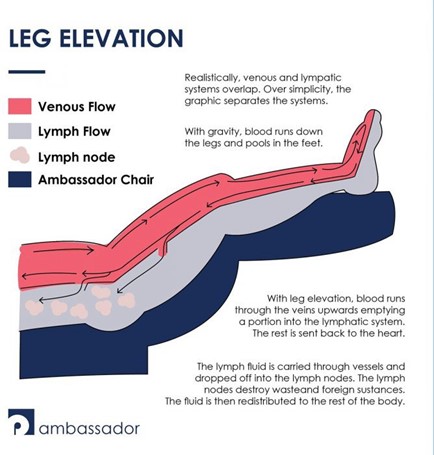A nurse in an emergency department is preparing a client for emergency surgery.
The client's blood alcohol level is 180 mg/dL.
Which of the following actions is the nurse's priority?
Insert an indwelling urinary catheter.
Insert an NG tube.
Obtain consent for surgery.
Apply antiembolic stockings.
The Correct Answer is B
The correct answer is choice B: Insert an NG tube.
Choice A rationale: Inserting an indwelling urinary catheter may be necessary for monitoring urine output in some cases, but in this situation, the priority is to insert an NG tube. This will help prevent aspiration during surgery due to the client's high blood alcohol level, which increases the risk of vomiting.
Choice B rationale: Inserting an NG tube is the priority action for the nurse because a high blood alcohol level increases the risk of vomiting and aspiration during surgery. An NG tube can help reduce this risk by keeping the stomach empty and minimizing the chance of aspiration.
Choice C rationale: Obtaining consent for surgery is important, but in emergency situations, consent may be implied, or a designated surrogate decision-maker may provide consent. It is not the priority action for the nurse in this scenario.
Choice D rationale: Applying antiembolic stockings is a preventive measure for deep vein thrombosis, but it is not the priority action in this case. Ensuring the client's safety during surgery, specifically by preventing aspiration, takes precedence due to the client's high blood alcohol level.
Nursing Test Bank
Naxlex Comprehensive Predictor Exams
Related Questions
Correct Answer is B
Explanation
“Monitor urinary output for retention.” Urinary retention is a common side effect of opioid use and should be monitored.
Choice A is not correct because itching can be a side effect of opioids and does not necessarily indicate an allergic reaction.
Choice C is not correct because restricting fluid intake can worsen constipation.
Choice D is not correct because antiemetics may be prescribed to manage nausea and vomiting, which are common side effects of opioids.
Correct Answer is C
Explanation
The nurse should place the client in a position with their feet elevated.

This position helps to increase blood flow to the vital organs and can help improve the client’s blood pressure.
Choice A is not the answer because the Reverse Trendelenburg position does not help improve blood flow to vital organs.
Choice B is not the answer because the side-lying position does not help improve blood flow to vital organs.
Choice D is not the answer because High-Fowler’s position does not help improve blood flow to vital organs.
Whether you are a student looking to ace your exams or a practicing nurse seeking to enhance your expertise , our nursing education contents will empower you with the confidence and competence to make a difference in the lives of patients and become a respected leader in the healthcare field.
Visit Naxlex, invest in your future and unlock endless possibilities with our unparalleled nursing education contents today
Report Wrong Answer on the Current Question
Do you disagree with the answer? If yes, what is your expected answer? Explain.
Kindly be descriptive with the issue you are facing.
